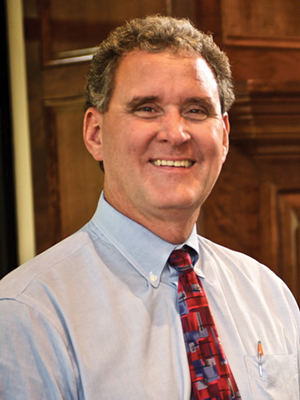 David Ammons
David AmmonsDavid Ammons is president of Retirement Living Associates, Inc. (RLA), a company which provides planning, development, marketing, and management services for new and existing retirement communities. He has worked in and with Senior Living Communities since his graduation from Wake Forest University in 1985.
In the past two issues of The Retirement Resource Guide, I invited two professionals in the retirement industry to provide their insight Into how differently people move forward into aging. I appreciate the perspectives shared by Chaplain Phyllis Mayo and Paige Ms. Armstrong about aging. However, in looking at the way many age, I would describe some as “coping”, others as “thriving”, and still others as “embracing”. The list goes on and on.
As I think about why people age so differently, I appreciate the fact that this question has parameters that I am not prepared to answer, but I know there are many reasons that, I believe, are very impactful, based on the three decades I have observed the facts of aging.
A huge factor is physical condition. Condition may be focused on Change or Situation or Decline, but the factor that seems controllable, at least to some extent, is the positive attitude one maintains as physical abilities change which brings me to the topic of Wellness.
Wellness means different things to many people; there are articles, books, videos, even semester classes, on the topic. As a retirement community professional, I have seen the word “Wellness” change multiple times; currently it is changing as much as ever. It is the broader aspect of this word that ties my point about “attitude” to “physical condition”.
In the simplest of arenas, Wellness remains as it was viewed in the 1970s and 1980s, which meant exercise. An exercise area was added to communities while thousands of fitness machines were added in homes. The fitness area often had a stationary bicycle or treadmill, or my favorite device which had a wide black rubber belt designed for placement on our backside to shake us up. I am sure someone in physiology could tell me its purpose, what that belt was supposed to do, but when I used one in my early teens, it made me laugh more than anything else.
Exercise areas grew as the years passed, and we started adding water coolers, incline treadmills, stair steppers, and even cross country ski emulators, but we still focused on exercise, often touting the benefits of low impact, safe, and non-joint stressing models. That definition of exercise as Wellness grew into Whole Person Wellness, incorporating intellectual challenges, spiritual awareness, occupational and psychological focus, and much more.
It is this trend, or full encompassing, that I believe will continue over the next decade or more. Interest in Wellness will grow, whether I am cross training, working to be able to stand on my own again or asking why I want to be well and, how increasing Wellness will match my self-definition or self-esteem.
It is in this context that I can determine how positive I am as I prepare for a race, as I work to increase my mobility or strive to lose 25 pounds. I work with some excellent professionals in the area of Wellness, and I have invited them to provide their insight as I seek your suggestions for Positive Wellness. I welcome your feedback as a reader of The Retirement Resource Guide. You can reach me at [email protected].

